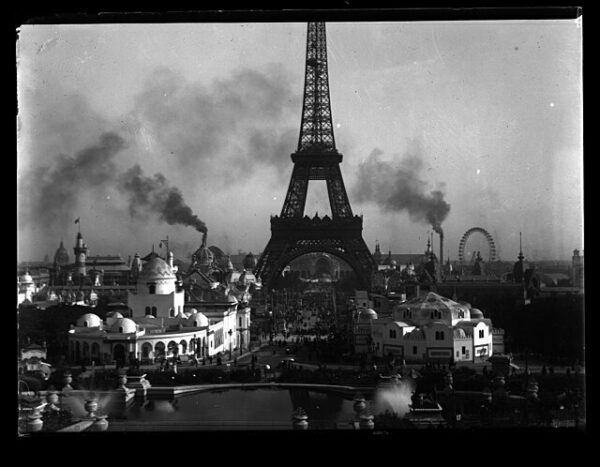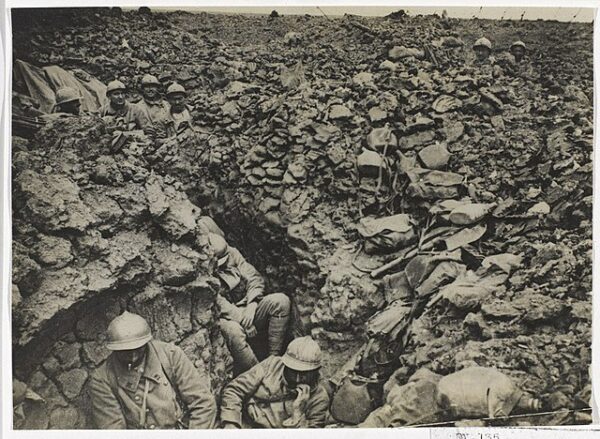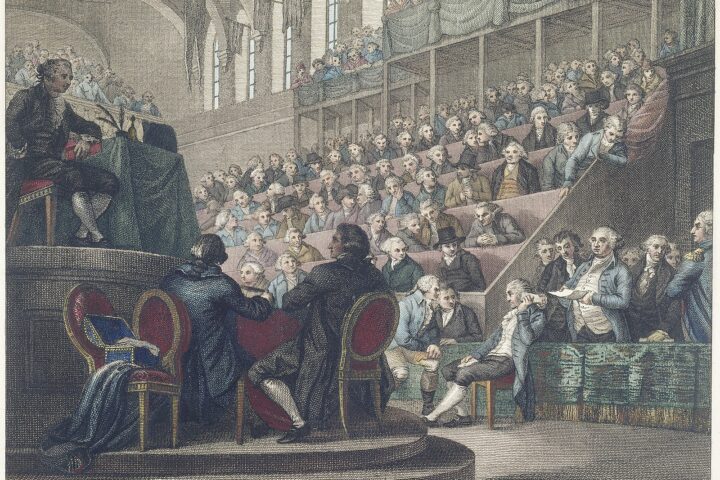As the sun rose on the morning of March 31, 1889, anticipation hung thick in the air. Parisians and visitors from around the world gathered in the Champ de Mars park, their eyes fixed on the towering structure that loomed before them. At 9:00 AM, the Eiffel Tower officially opened its gates to the public for the very first time, marking the beginning of a new chapter in architectural history.
As eager spectators streamed through the gates, they were greeted by the sheer magnitude of the tower, its iron lattice reaching skyward like a delicate lacework of metal. The air buzzed with excitement as visitors ascended the tower’s elegant wrought-iron staircase, each step a testament to the craftsmanship and engineering prowess that went into its construction.
From the tower’s lofty vantage points, breathtaking views of Paris unfolded in all directions. The River Seine snaked its way through the city, flanked by iconic landmarks such as Notre-Dame Cathedral and the Louvre Museum. The bustling streets below bustled with activity, a vibrant tapestry of life and culture spread out beneath the feet of those who stood atop the tower.
As the day wore on, throngs of people continued to flock to the Eiffel Tower, drawn by its magnetic allure and the promise of unparalleled panoramas. Some marveled at the intricate lattice of iron beams that formed the tower’s skeletal frame, while others pondered the audacious vision of its creator, Gustave Eiffel, whose name would forever be synonymous with this towering masterpiece.
Throughout the day, the Eiffel Tower played host to a flurry of activity. Artists set up their easels to capture its likeness on canvas, while photographers snapped pictures to immortalize the moment for generations to come. Musicians serenaded the crowds with melodies that echoed across the Champ de Mars, adding a festive soundtrack to the historic occasion.
As evening descended upon Paris, the Eiffel Tower took on a new persona, illuminated by thousands of gas lamps that cast a warm, golden glow against the night sky. The city below shimmered with light, its streets aglow with the hustle and bustle of nocturnal activity. At the top of the tower, a beacon of light pierced the darkness, guiding travelers and dreamers alike towards the pinnacle of human achievement.
As the clock struck midnight, signaling the close of the Eiffel Tower’s inaugural day, a sense of awe and wonder lingered in the air. For those who had borne witness to this momentous occasion, the memory of standing atop the world’s tallest structure would be etched into their hearts and minds forever.
In the years that followed, the Eiffel Tower would go on to become one of the most visited and beloved landmarks on the planet, attracting millions of tourists from every corner of the globe. Its enduring legacy serves as a testament to the power of human creativity and ingenuity, a beacon of inspiration for the City of Lights that will stand for generations to come.






